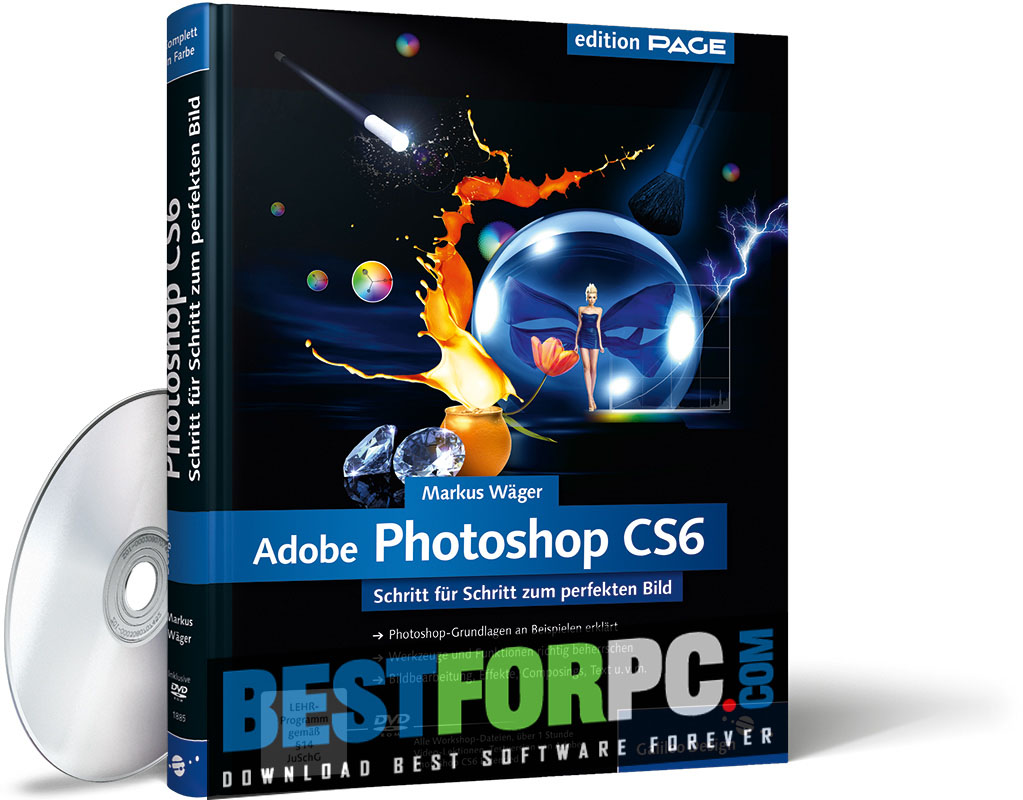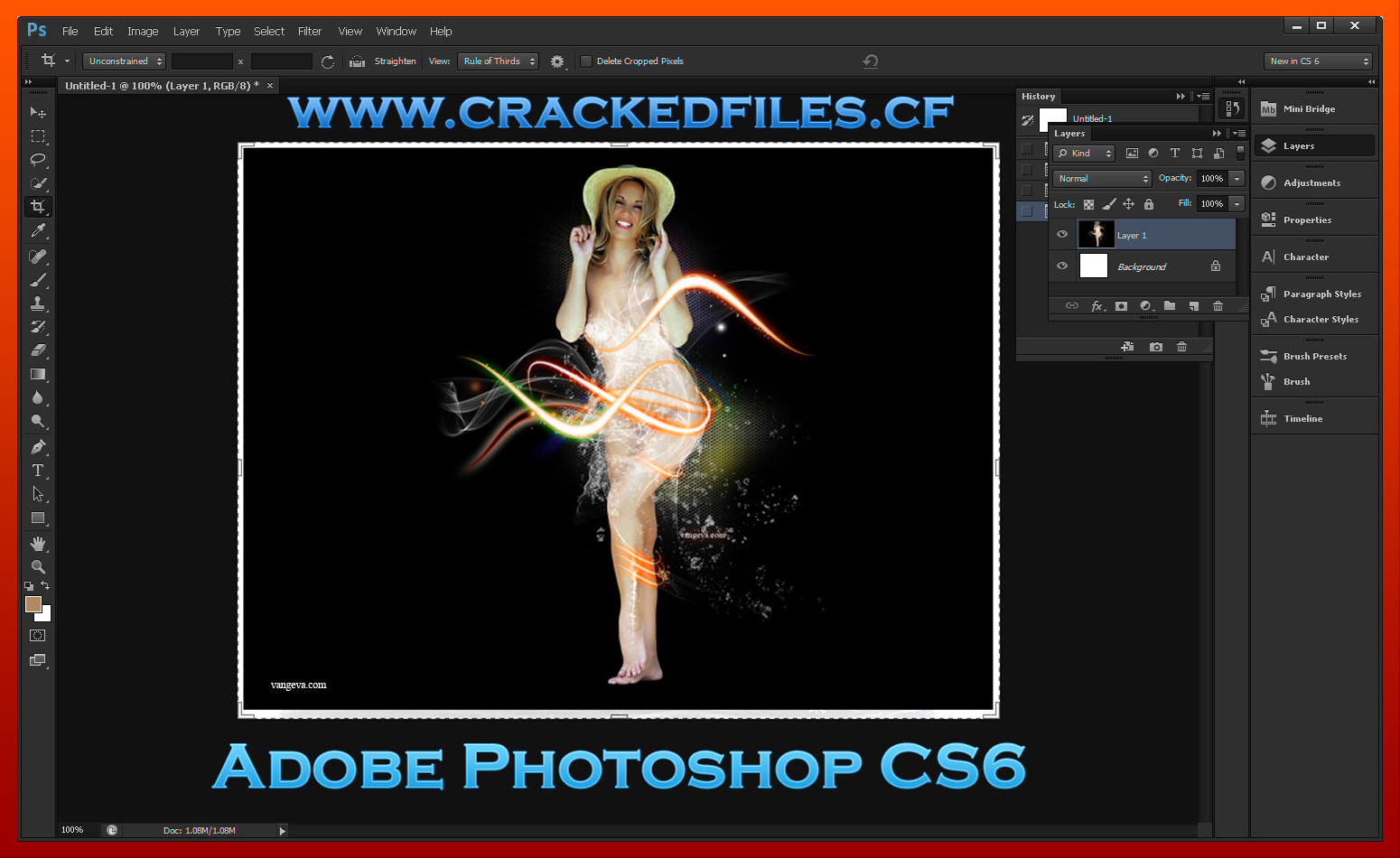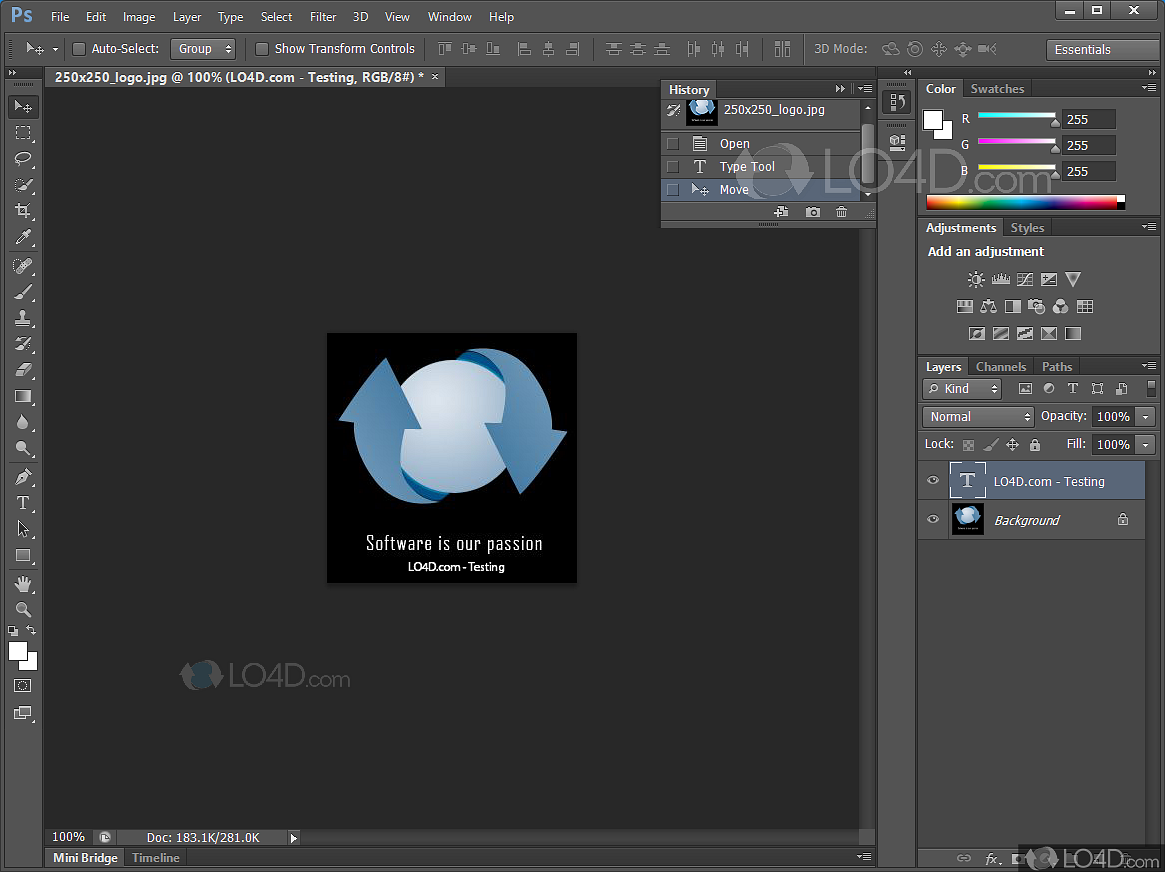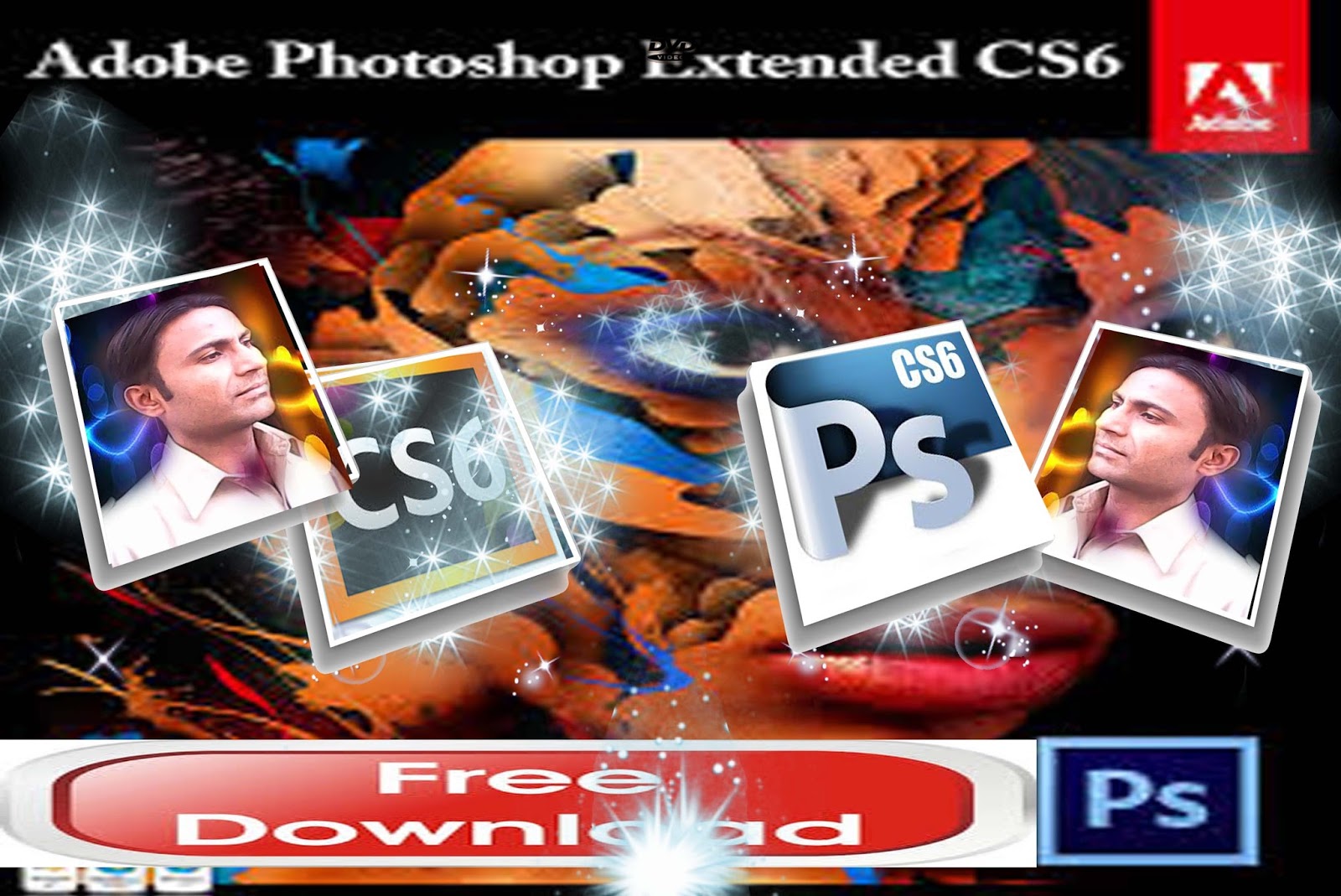
If there is not enough resolution (image isn’t big enough) then you will see a noticeable softness to the image, or even jaggies (also called pixelization). More density = more resolution, or detail. This means how dense are the pixels (or dots). You have heard the terms hi-resoluton, or low-resolution, or low-res. DPI and PPI are both a way to describe resolution. Many people mistakingly talk about DPI on screen, this is incorrect, but now you will know what they mean. In an over simplification, you can think of them as the same thing, however dots refer to print and pixels are a digital display. This is where the terms DPI (dots per inch) and PPI (pixels per inch) come from. On screen you see pixels of light and in print you see dots of ink. Without overly complicating things, the resolution is what you see on screen or in print.


Keep reading for more details on how to get the best results if you are ready for that info. That’s all you need to do to resize your images. Choose your new size (you can choose choose different measurement units by clicking on “inches”).

If not, turn off the chain so that you can set your own width and height.

Here you summarize all required fonts and graphics in one folder. If you would like to pass on your designs, so-called “package files” offer themselves. “Adobe Illustrator” reads all major formats such as EPS, FXG, PSD, TIFF, GIF, JPEG, SWF, SVG, DWG or DXF. Via a selection list, you can access the desired element directly. You can bundle and group up to 100 different large drawings in a single Illustrator file. The drawing program “Adobe Illustrator CC” (formerly “Adobe Illustrator CS6”) is the professional solution when it comes to the design of professional vector-based illustrations for posters, business letters, business cards, brochures, websites and DVD menus.


 0 kommentar(er)
0 kommentar(er)
